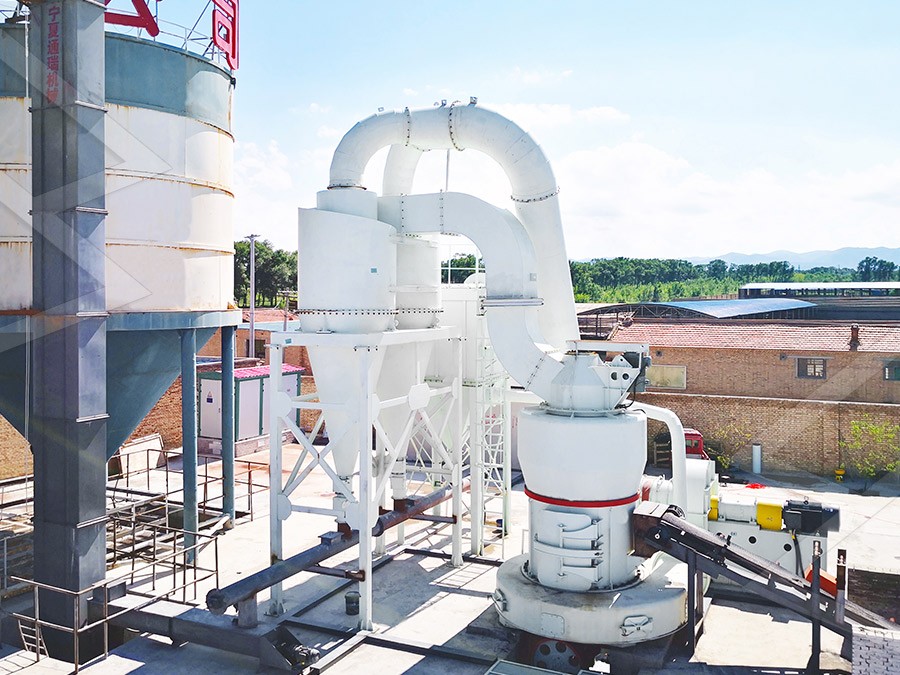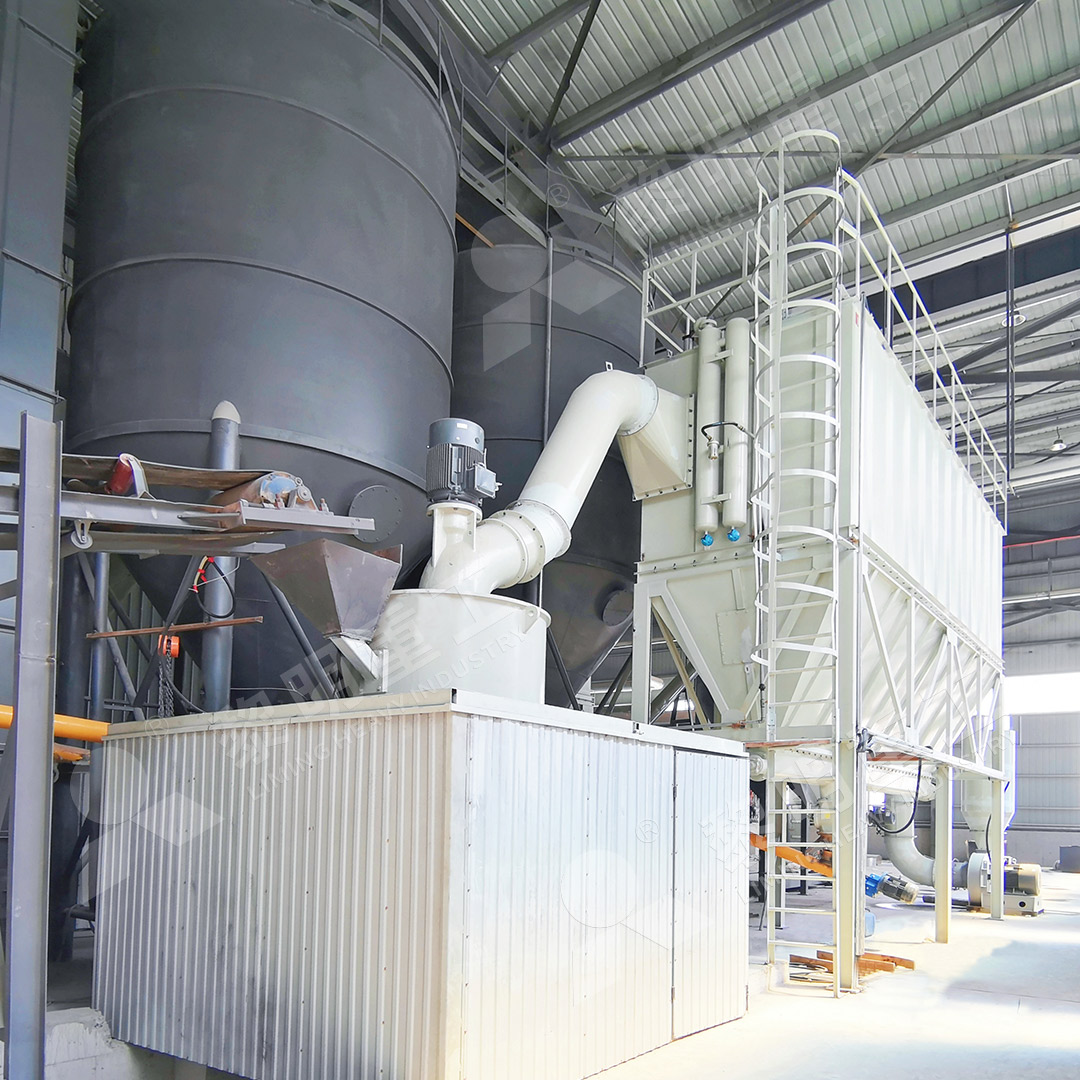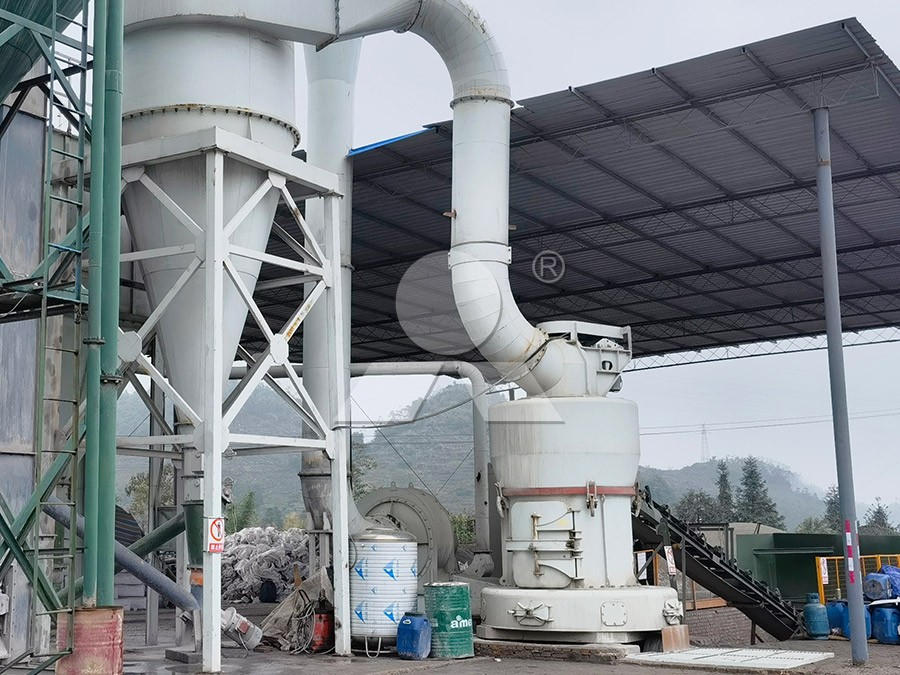Serpentine Grinding Mill Machine for Fine Powder Production
Serpentine Grinding Mill Machine for Fine Powder Production
In the realm of industrial mineral processing, achieving consistent fine powder production presents significant technical challenges. The serpentine family of minerals, with their fibrous and plate-like structures, demand specialized grinding equipment capable of delivering precise particle size distribution while maintaining operational efficiency. Modern grinding technology has evolved to meet these demands through innovative engineering solutions.

The transformation of raw serpentine materials into fine powders requires careful consideration of several factors: hardness characteristics, moisture content, desired fineness, and production capacity. Traditional grinding methods often fall short in achieving the narrow particle distribution required for high-value applications in cosmetics, pharmaceuticals, and advanced materials. This is where advanced grinding mill technology demonstrates its superiority.
Technical Challenges in Serpentine Processing
Serpentine minerals present unique processing challenges due to their variable hardness and fibrous nature. Conventional grinding equipment often struggles with inconsistent particle size distribution and excessive energy consumption. The ideal solution must address these issues while maintaining cost-effectiveness and operational reliability.
Modern grinding systems incorporate sophisticated separation technology and precision engineering to overcome these obstacles. The key lies in selecting equipment specifically designed for ultrafine powder production with robust construction to handle abrasive materials.

Advanced Grinding Solutions
For operations requiring superior fine powder production, the MW Ultrafine Grinding Mill represents a technological breakthrough. This advanced system handles input sizes from 0-20 mm with production capacities ranging from 0.5 to 25 tons per hour. Its innovative design addresses the core challenges of serpentine processing through several key features.
The mill’s cage-type powder selector, incorporating German technology, enables precise fineness adjustment between 325-2500 meshes while achieving remarkable screening efficiency of d97≤5μm in a single pass. This precision is crucial for applications demanding consistent particle distribution.
Operational Excellence and Environmental Considerations
Beyond technical performance, modern grinding equipment must address environmental and operational concerns. The integration of efficient pulse dust collection and advanced muffler systems ensures minimal environmental impact while maintaining workplace safety standards. The absence of rolling bearings and screws within the grinding chamber eliminates common failure points, significantly enhancing operational reliability.
For operations requiring vertical grinding configuration, the LUM Ultrafine Vertical Grinding Mill offers complementary capabilities with input sizes of 0-10 mm and capacity ranging from 5-18 tph. Its unique roller shell and lining plate grinding curve design promotes efficient material layer formation, enabling high finished product rates through single-pass powder milling.

Industry Applications and Material Versatility
The versatility of modern grinding mills extends beyond serpentine processing to include limestone, calcite, dolomite, petroleum coal, gypsum, barite, marble, talc, and various chemical industry applications. This flexibility makes them valuable assets for operations processing multiple mineral types.
In paint, cosmetics, and pharmaceutical applications, the whiteness and cleanliness of finished products are paramount. Advanced grinding systems address these requirements through optimized grinding processes that minimize iron contamination and maintain material purity.
Frequently Asked Questions
What makes the MW Ultrafine Grinding Mill suitable for serpentine processing?
The MW Mill’s specialized grinding curves and advanced powder separation technology provide the precise control needed for serpentine’s challenging material characteristics. Its ability to produce powders between 325-2500 meshes with high efficiency makes it ideal for this application.
How does the energy consumption compare to traditional grinding methods?
The MW Ultrafine Grinding Mill demonstrates significant energy efficiency, consuming only 30% of the energy required by jet grinding mills while achieving 40% higher production capacity under equivalent fineness and power conditions.
What maintenance advantages does this equipment offer?
The elimination of rolling bearings and screws within the grinding chamber removes common failure points. External lubrication systems enable maintenance without production shutdowns, supporting continuous 24-hour operation.
Can the same equipment process different materials?
Yes, both the MW and LUM grinding mills are designed for material versatility, effectively processing various minerals including limestone, calcite, dolomite, and barite alongside serpentine.
What environmental features are incorporated?
The integrated pulse dust collector ensures dust-free operation, while silencers and noise elimination rooms maintain noise levels within environmental standards. The entire system operates according to national environmental protection requirements.
